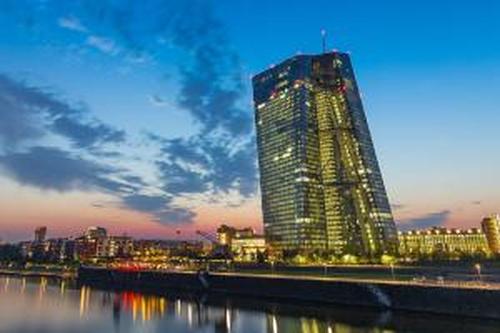Investors Do Not See “Transitory” Inflation
The Federal Reserve and European Central Bank repeat that the recent inflationary spike is “transitory”. The problem is that investors do not buy it.
Inflation is always a monetary phenomenon, and this time is not different. What central banks call transitory effects, and the impact of supply chains are not the real drivers of inflationary pressures. No one can deny certain supply shock impacts, but the correlation and extent of the increase in prices of agricultural and industrial commodities to five-year highs as well as the abrupt rise of non-replicable goods and services to decade-highs have monetary policy to blame. Injecting trillions of liquidity makes more funds chase fewer goods and the rise in the real inflation perceived by citizens is much larger than the official CPI.
Take food prices. The United Nations Food Price Index is up 30% in the past five years and up 10% year-to-date (April 2021). The rise in food prices already caused protests all over the world in 2018 and it continues to reach new highs. The correlation in the price increase of most agricultural goods also shows that it is a monetary effect.
The same can be said about the Bloomberg Commodity Index which is also at five-year highs and up 15% year-to-date.
Yes, there have been some supply disruptions in a few commodities, but it is not widespread let alone the norm. If anything can be said is that the rise in agricultural and industrial commodities is happening despite the persistent overcapacity that many of these had already before the pandemic. We should also remember that one of the unintended consequences of massive monetary expansion is perpetuation of overcapacity. Excess capacity is refinanced and maintained even in crisis times. Therefore, we can argue that the rising cost of goods is not coming predominantly from supply shortages but in an environment of extended overcapacity, making it even more evident a monetary phenomenon.
We can discuss about the numerous ways in which governments disguise rising cost of goods and services in the official CPI (consumer price index), using debatable averages, excluding taxes, and underestimating the weight of some goods in a basket. In fact, the idea of CPI itself as created by the great economist Irving fisher was to disguise the abrupt rise in some goods by averaging the price change with others. Consumers were angry to see bread rise, say, 20%? What better idea than to include it in a basket of goods? However, that is not necessary. The reality is that the correlation in price moves and the aggressiveness of such changes show that most developed nation central banks simply will not change the course of monetary policy.
We know that central banks do not change course even if inflation is high and persistent because we have seen it in numerous countries, and almost every Southern European nation before the euro.
Governments always justify printing more money with the excuse that there is no inflation. When inflation rises, they say it is transitory. And when inflation soars, governments blame businesses and shop owners, presenting themselves as the solution with “price controls”.
Central banks are unable to normalize policy even with the evidence of a strong recovery because they are hostage to governments that simply refuse to reduce deficit spending while they cannot tolerate even a small rise in bond yields.
Investors know this and are looking for ways to protect their clients’ savings from inflation and an even more likely concern: stagflation. A rising number of funds are looking at a highly likely risk of stagnation after the chain of stimuli but with rising prices. Official CPI may not reflect the rise in healthcare, education, fresh food prices and rent, but citizens feel it.
There is a reason why in 2018 and 2019 we saw protests against the intolerable rise in cost of living all over Europe and emerging markets at the same time as central banks warned of the risk of deflation. The real cost of living is rising faster than what the official calculations suggest. It was a problem in 2018 and it is an even larger problem after 2020.
Tyler Durden
Tue, 05/04/2021 – 09:26
via ZeroHedge News https://ift.tt/3ukh06X Tyler Durden
